Back on the grid: SMA solution secures energy yields in Australia

Solar power production is finally up and running again at full capacity in West Murray, Australia. The generation caps, which were imposed on five PV power plants over a period of seven months, have now been lifted. And this is all thanks to an innovative control software installed on all the inverters in the PV farms. The software was developed by various experts including SMA’s Christian Hardt and Daniel Premm, who worked around the clock to get the job done.
The Australian Energy Market Operator (AEMO) has finally lifted the generation caps imposed on five PV farms with a total output of more than 350 MWp in West Murray, a region that stretches across the borders of Victoria and New South Wales. Over a period lasting seven months, the Bannerton, Broken Hill, Gannawarra, Karadoc and Wemen PV farms were permitted to generate only half of their maximum output.
Why was this output cap imposed in the first place on the five power plants?
Daniel Premm: Once the PV power plants had been commissioned, a study was conducted in which a large network area – including all power plants and other network operation equipment such as STATCOMs – was analyzed. The study revealed that the Bannerton, Broken Hill, Gannawarra, Karadoc and Wemen PV farms could potentially be a source of unregulated voltage fluctuations triggered by grid incidents such as lightning strikes or the shutdown of transmission lines due to bush fires. In response to these findings, electricity production in all these PV power plants was drastically reduced to ensure grid stability and avoid the risk of power outages.
How did SMA solve the problem?
Christian Hardt: The root of the problem lies in not only the weak transmission grids but also the “interaction” among the five power plants, all of which simultaneously generate and supply large quantities of solar power. To solve this network problem in the region, we had to coordinate the PV farm inverters so that they work together and not separately when supplying clean energy. We developed a new inverter function to solve a “live” problem in the utility grid without having to develop new physical components or make hardware changes.
So what exactly does the software solution do?
Christian Hardt: The solution essentially involves equipping all the inverters with an additional, highly dynamic voltage regulation system that stabilizes the voltage on the inverters, which ensures a more robust synchronization of the inverters and has a damping effect on “sub-synchronous” fluctuations. By fine-tuning the regulation system and other inverter parameters, we created the perfect holistic system solution.
“Situations like this have once again highlighted the unique spirit of SMA. This highly successful solution was the fruit of close collaboration among our Australian service team, the development department in Kassel and our ‘Large Scale & Project Solutions’ business unit.” Christian Hardt, system architect for Industrial Storage at SMA.“
Digital all around the world
Why did it take so long for the caps to be lifted?
Daniel Premm: Implementing the SMA-developed solution was a mammoth task involving AEMO, SMA, the grid operators and consultants as well as endless coordination loops and meetings. Of course, everything was done digitally. It was also a great example of the importance of cooperation in bringing about the energy transition. The next task was to install the software on all the inverters in the five PV farms.
Once the software had been implemented, a range of tests were performed to check whether the solution actually works and whether the new, finely tuned inverter settings enable operation at full capacity.
More renewable energy in the utility grid
Scott Partlin, Head of Service from SMA Australia, is also delighted with the results: “The new-found performance of our SMA Sunny Central inverters will hopefully mean that the Australian utility grid will benefit from the rising share of renewable energies. We are looking forward to continuing our close collaboration with AEMO so that we can implement this new software solution throughout the entire inverter fleet here in Australia.”
The international solar press has also reported on the success in Australia. Click here for the article.
“Reactive power rise time of approx. 20 ms! Very fast – very impressive.’ I was delighted to hear this praise from a highly experienced engineer from grid operator TransGrid after he’d analyzed measurement data acquired during the tests.” Daniel Premm, System Development Engineer at SMA.“
Yet another PV farm running at full capacity on the grid thanks to SMA
The SMA solution has since also been installed on the inverters in another large PV farm, which has now been approved without further restrictions by the Australian grid operator AEMO to supply electricity at full capacity: the 220-MW Limondale PV farm from RWE Renewables, close to Balranald in the southwest of New South Wales. Once it has been fully commissioned, Limondale will be one of the biggest PV power plants in Australia. SMA supplied a total of 57 medium-voltage power stations (5,500 MW) for this power plant.
Background information on the Limondale Solar Park can be found here.

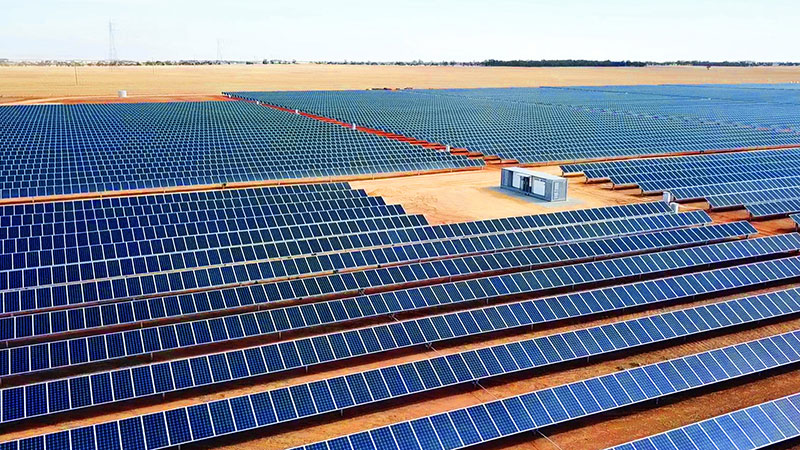
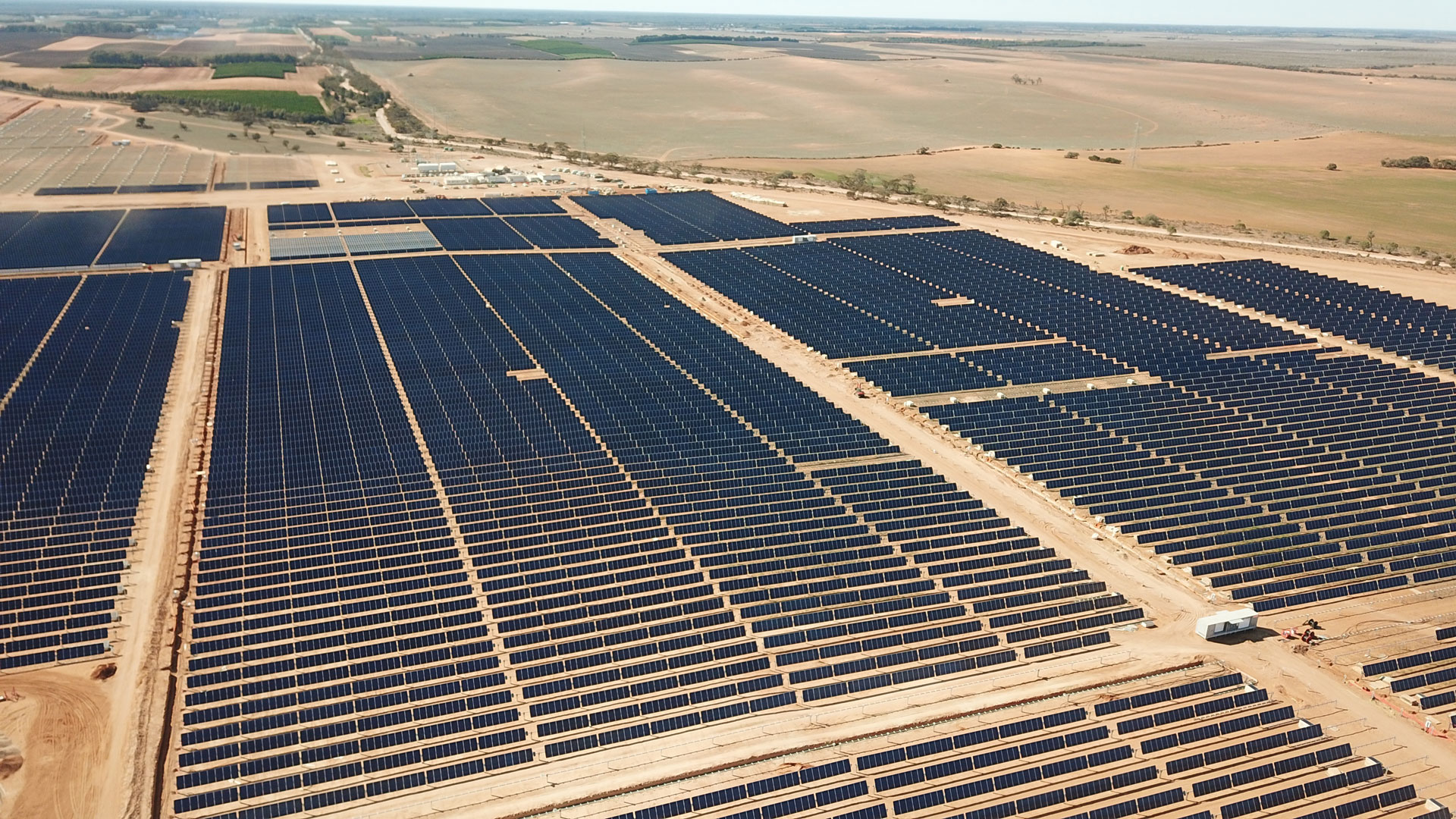
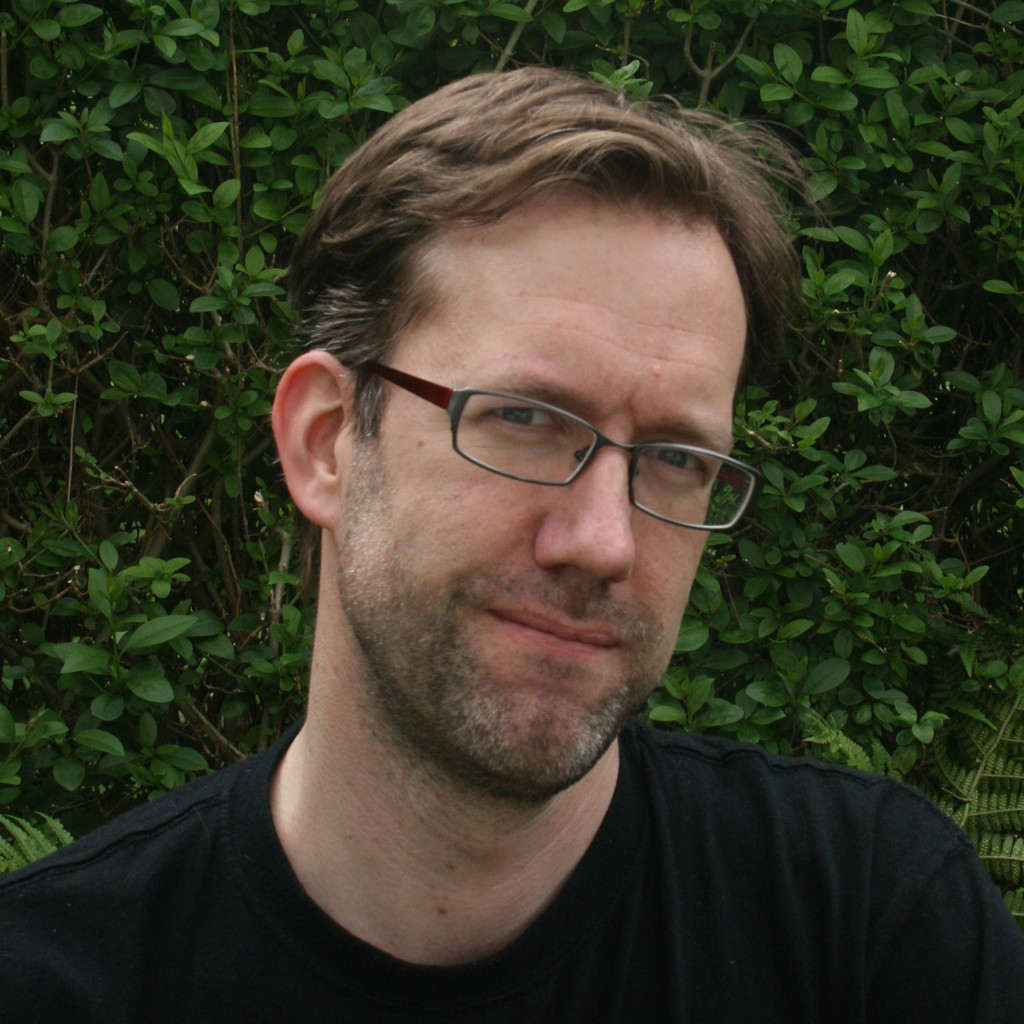
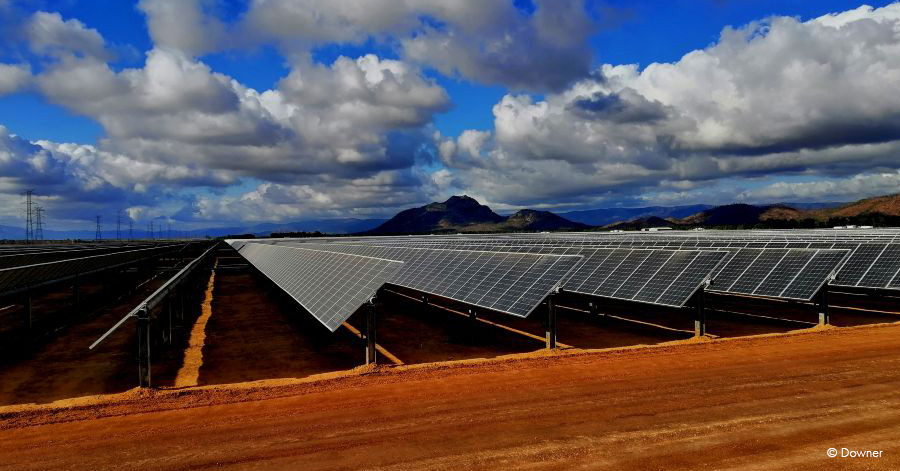
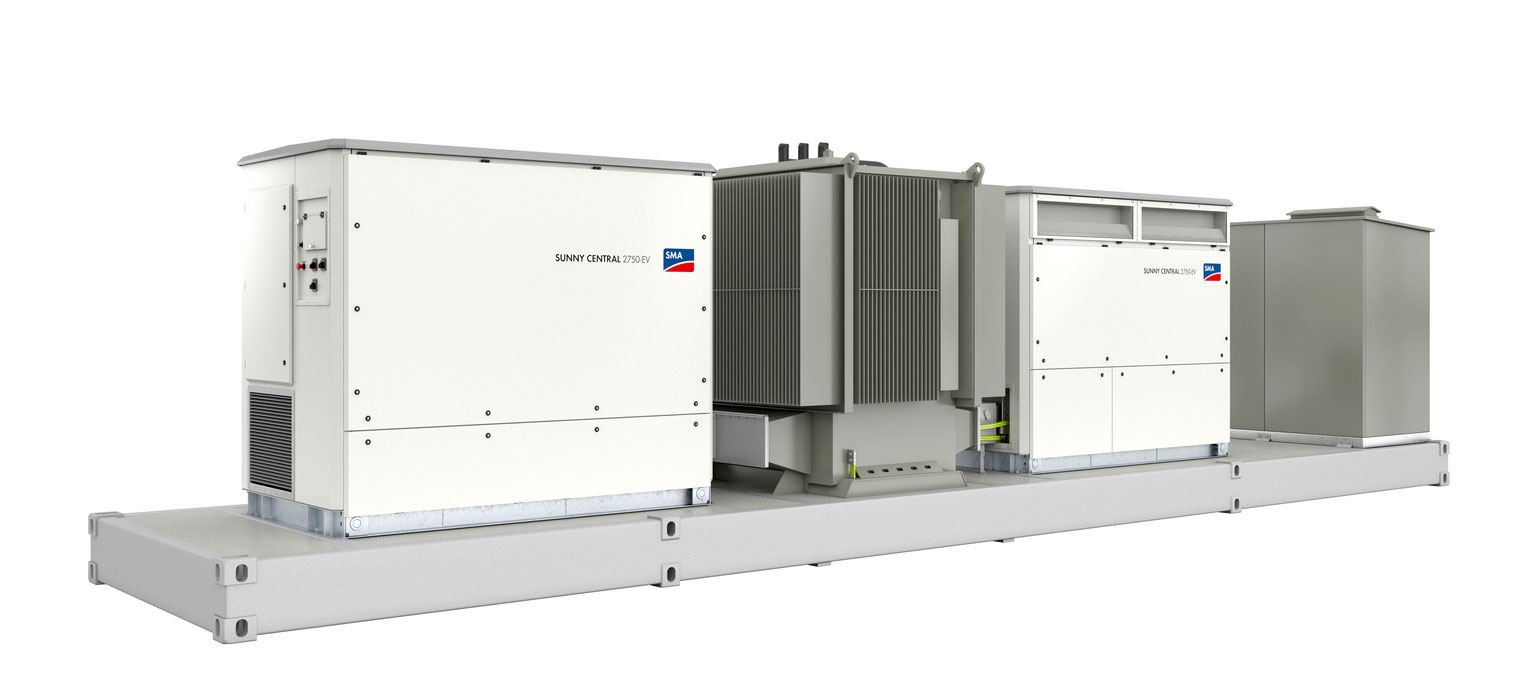

i like sma so much
Comment avoir le code puk pour retrouver son ancien mot de passe.
Hi Vivien,
Please contact my service colleagues via our Online Service Center.
Sunny regards,
Carolyn
Kudos to the engineering team! great to have experts like Daniel Premm and Christian Hardt within our team !